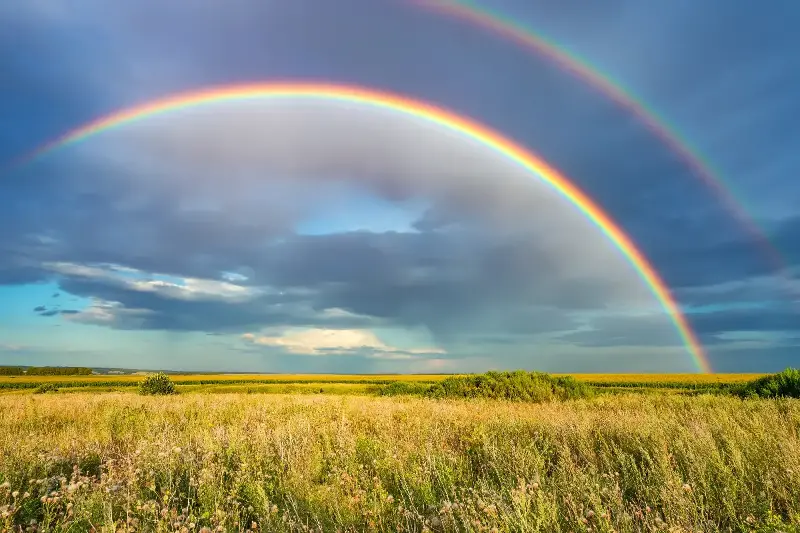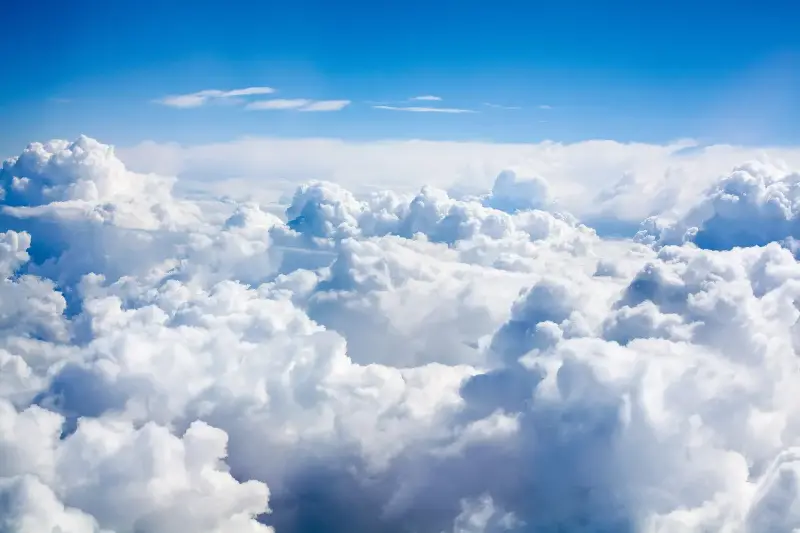Gazing up at the sky can be a pastime as relaxing as it is fascinating. Those whimsical shapes floating overhead aren’t just poetic backdrops for sunset—clouds are a crucial part of Earth’s atmosphere, influencing weather, climate, and even the colours we see at dawn and dusk. Let’s take a fascinating look at the diverse types of clouds drifting above us, and discover the science and beauty behind each.

The Building Blocks: How Clouds Form
Clouds may look ethereal, but they’re created through a very tangible process. Warm air rises and cools, causing moisture to condense around tiny dust particles high up in the atmosphere. These microscopic droplets—and in colder temperatures, ice crystals—gather together to form the familiar puffs and streaks we see from the ground.
Despite appearing fluffy and light, some clouds are surprisingly heavy. A single, sizeable cumulus cloud can weigh as much as 500,000 kilograms—the equivalent of about 100 elephants! The only reason they don’t fall on us is because the droplets are so small that they remain suspended by upward air currents.
The Main Types: A Gallery in the Sky
Meteorologists classify clouds into several major types, each with distinctive traits. Understanding their shapes and altitudes can reveal much about the weather to come.
- Cumulus clouds are the ones most children imagine when they think of clouds: plump, cotton-like heaps with flat bases and billowing tops. Typically, they signal fair weather, but their towering cousins, the cumulonimbus, are thunderstorm powerhouses, capable of producing hail, lightning, and even tornadoes.
- Stratus clouds create a different mood altogether. Forming low, grey blankets across the sky, they can make a sunny day feel somber and are often responsible for drizzly mornings. These clouds are thick enough to block much of the sunlight, casting landscapes in a soft, diffuse glow.
- High up in the atmosphere, cirrus clouds appear as wispy, delicate strokes—like an artist’s fine brushwork. Composed mostly of ice crystals, they often precede a change in the weather, particularly unsettled conditions. When you spot these feather-like streaks, it’s a good idea to keep an umbrella handy in the coming days.
- Don’t overlook the nimbostratus, which combines darkness and density. These sheets of cloud are reliable bringers of persistent rain or snow. If your day feels a little gloomier, there’s often a nimbostratus to thank.

Rainbows, Halos, and Other Atmospheric Wonders
Clouds don’t just decorate the sky—they help conjure some of the most stunning atmospheric phenomena. Rainbows, for example, appear when sunlight passes through raindrops falling from clouds, refracting and reflecting to display a full spectrum of colour. Meanwhile, high cirrostratus clouds sometimes produce halos—enchanting rings of light around the sun or moon caused by ice crystals bending the light into circles.
Clouds also play a big part in sunsets and sunrises. When the sun is low on the horizon, its light travels through more of our atmosphere, turning clouds into canvases of orange, pink, and purple. Cirrus and altocumulus clouds are particularly good at catching these colours, resulting in nature’s most breathtaking displays.
Clouds Around the Globe: From Polar Stratospheric to Monsoon Giants
Not all clouds are created equal, and where you are in the world can mean a glimpse of rare, spectacular forms. In polar regions, nacreous or “mother-of-pearl” clouds shimmer with pastel colours in the winter twilight. The tropics, on the other hand, are home to soaring cumulonimbus towers during the monsoon, sometimes reaching up to 20,000 metres—higher than Mount Everest!
And have you ever heard of lenticular clouds? These almond-shaped wonders look uncannily like UFOs and are formed when air flows over a mountain range, creating perfect, stationary “lenses” in the sky. Pilots keep a wary eye on them, as they can signal powerful turbulence.

Why Understanding Clouds Matters
Beyond their beauty, clouds are vital to life on Earth. They regulate global temperature by reflecting sunlight back to space and trapping warmth below—a natural thermostat for our planet. Changes in cloud formation may even hint at shifts in our climate, making their study an essential part of environmental science.
Next time you look up, take a moment to appreciate the floating tapestry above. From the soft, drifting shapes to the towering thunderheads and mysterious rarities, clouds connect us to the ever-changing mood and rhythm of nature. Whether you are admiring a brilliant rainbow after the rain or spotting the faintest cirrus wisps, remember—there’s always more than meets the eye above our heads.
